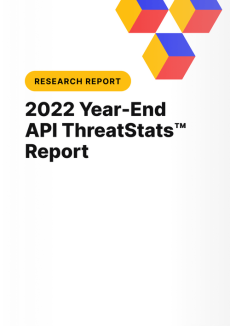Find All Your APIs with API Discovery
APIs operating without any security controls are just waiting to be exploited. Misconfigurations, suspicious behavior, and cyber attacks may already be occurring without your knowledge. Hackers are on the lookout for APIs that will allow them to access data covertly, providing time to not only extract data, but to explore additional attack vectors.











